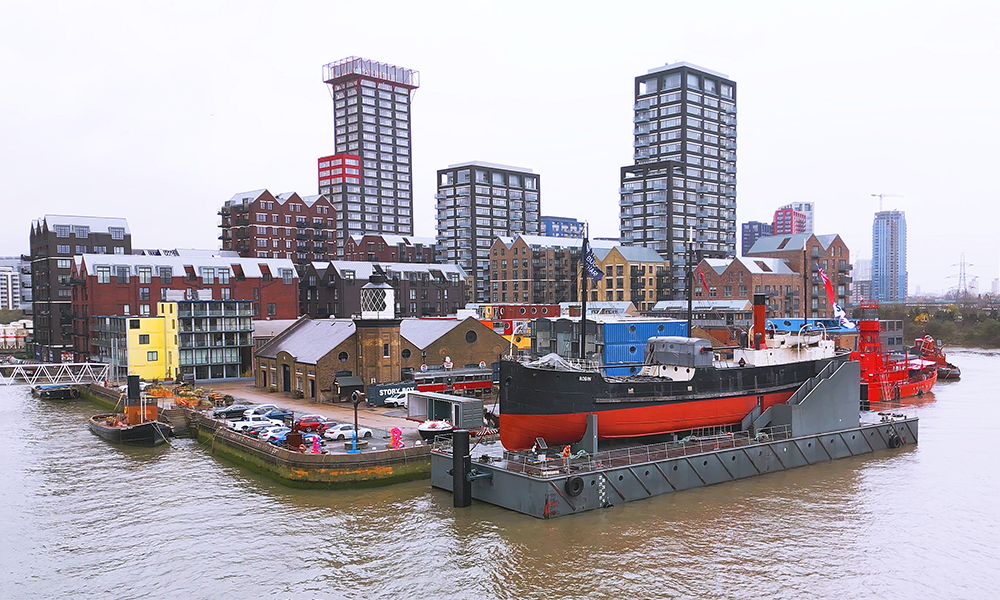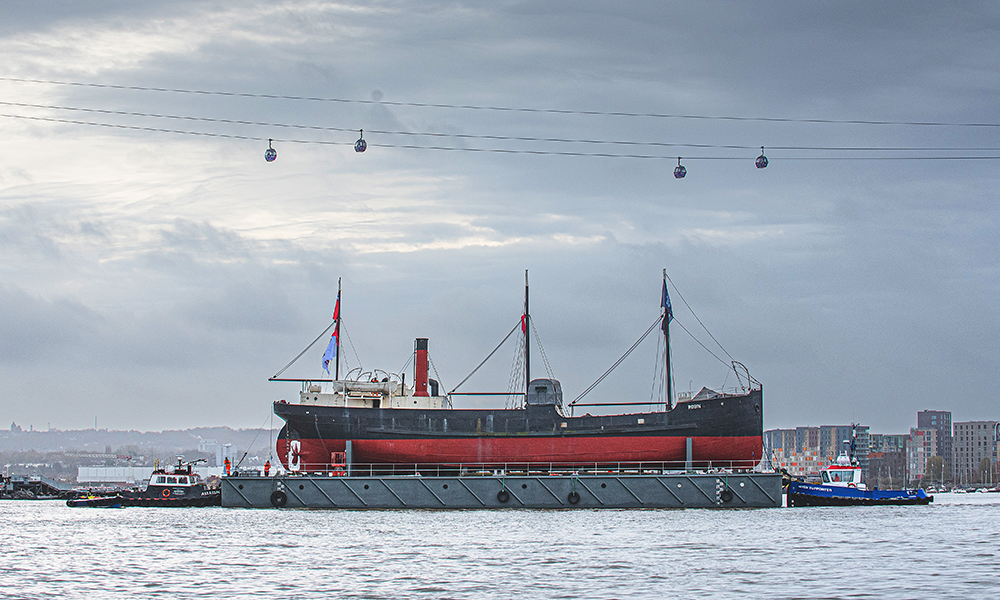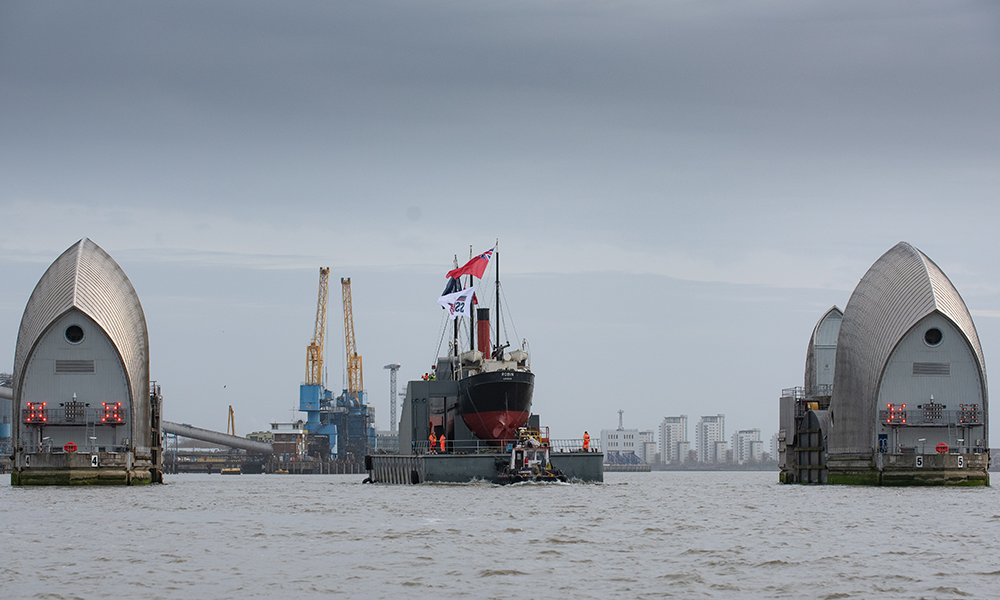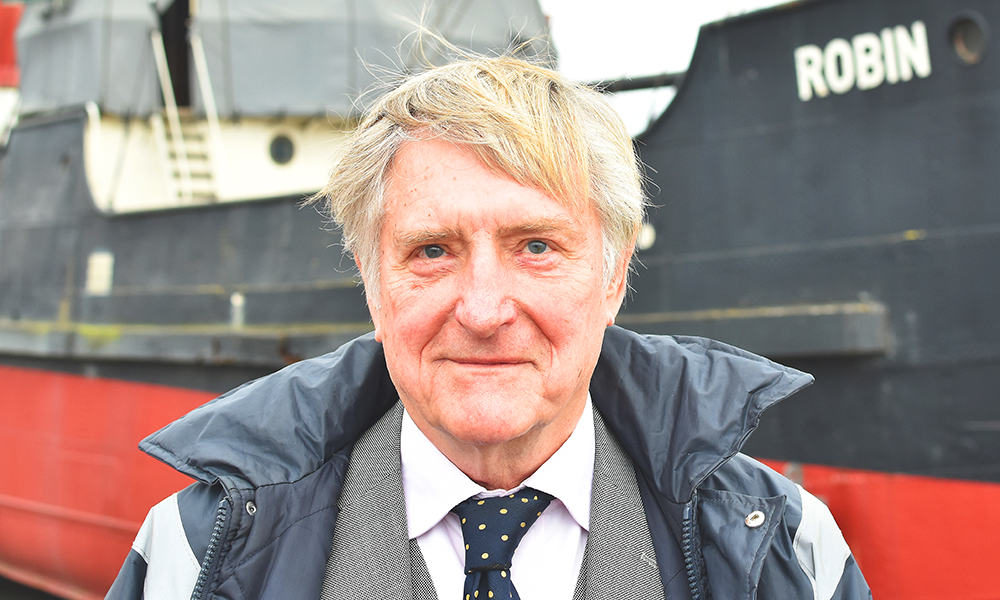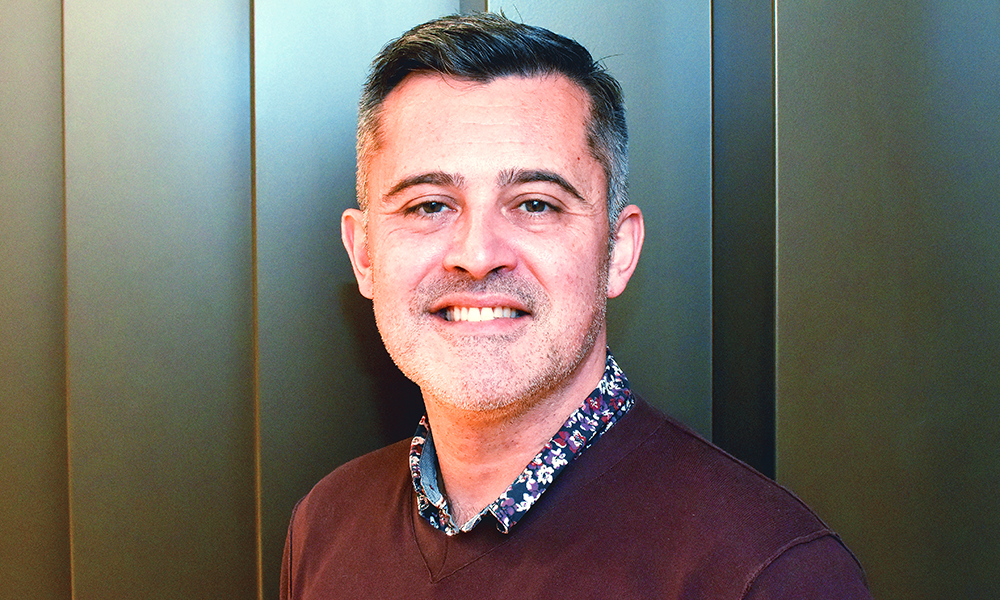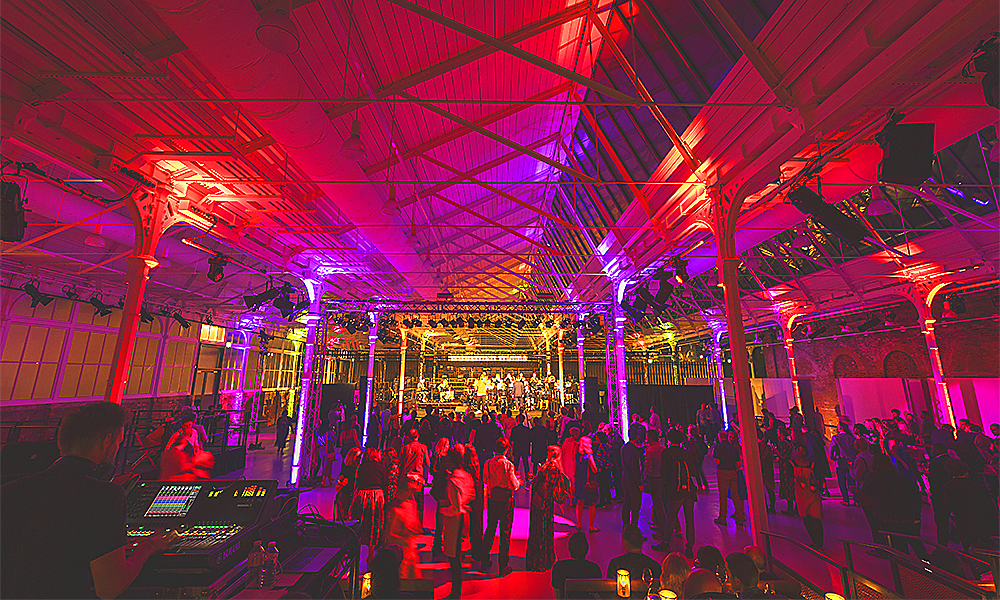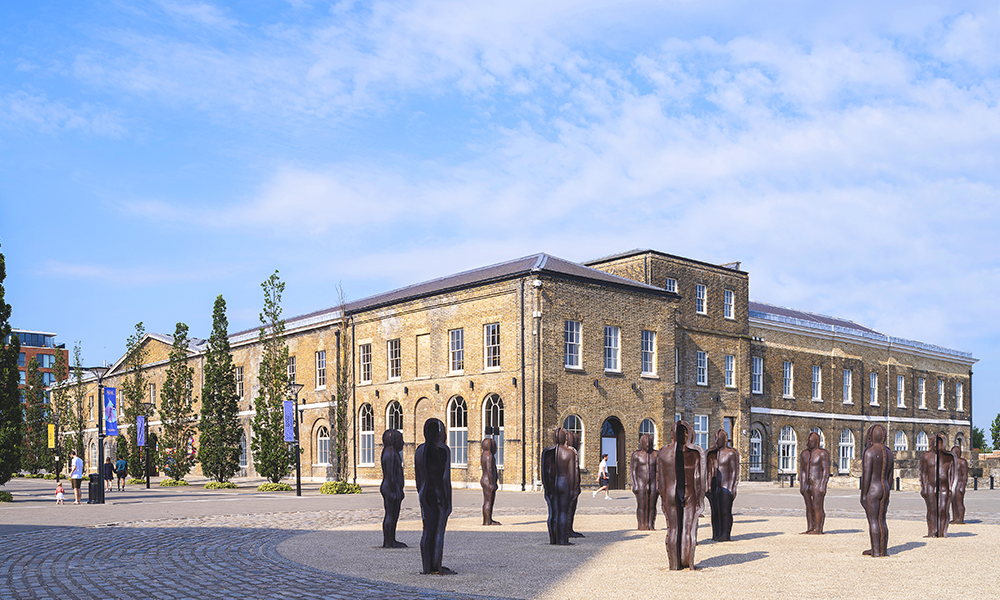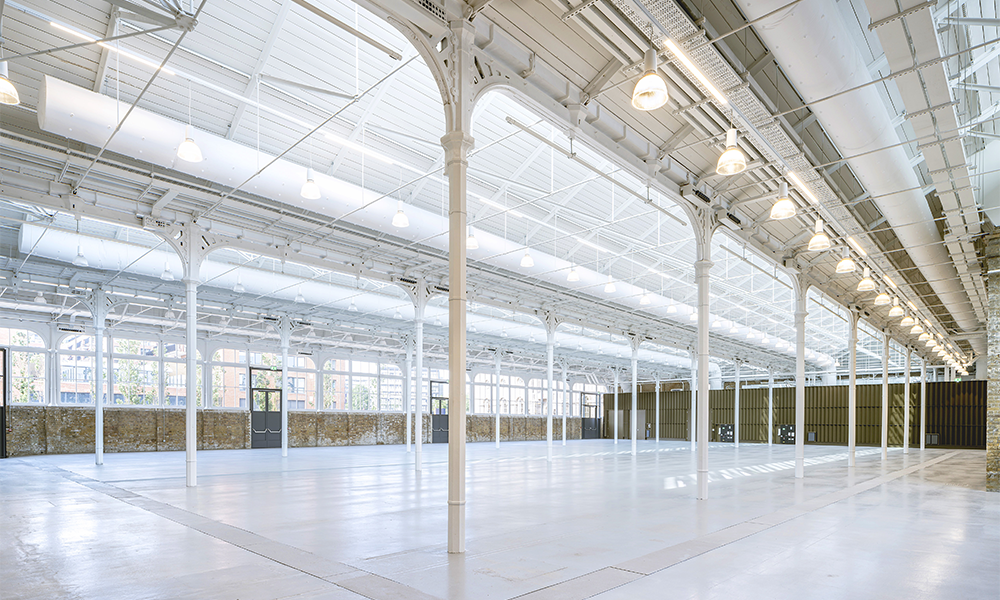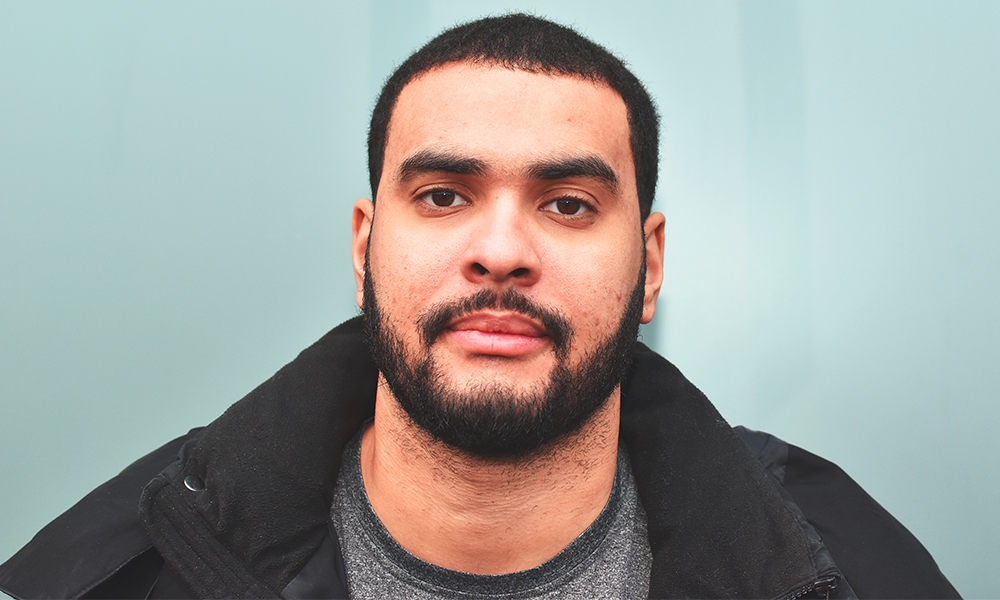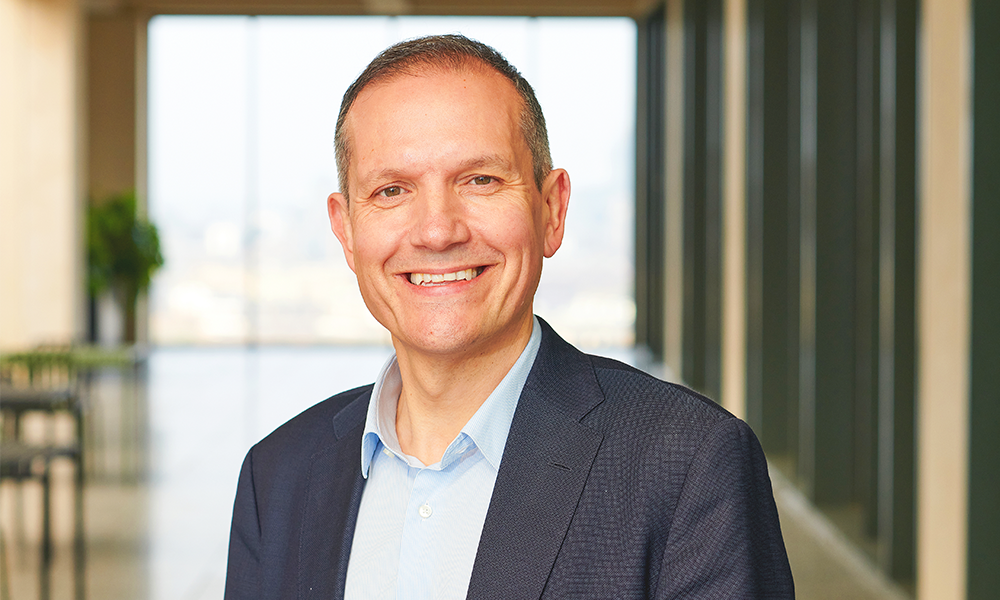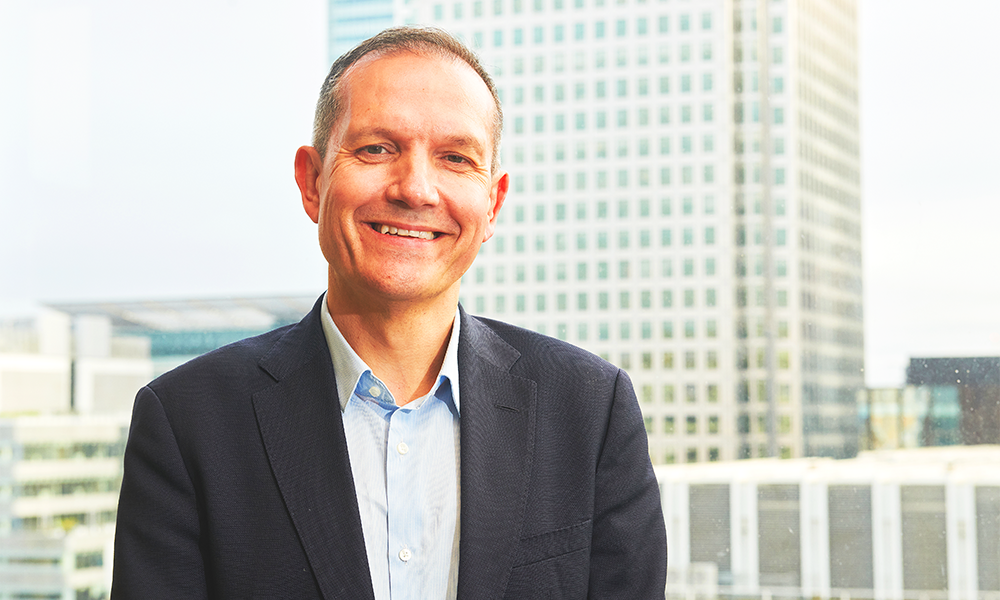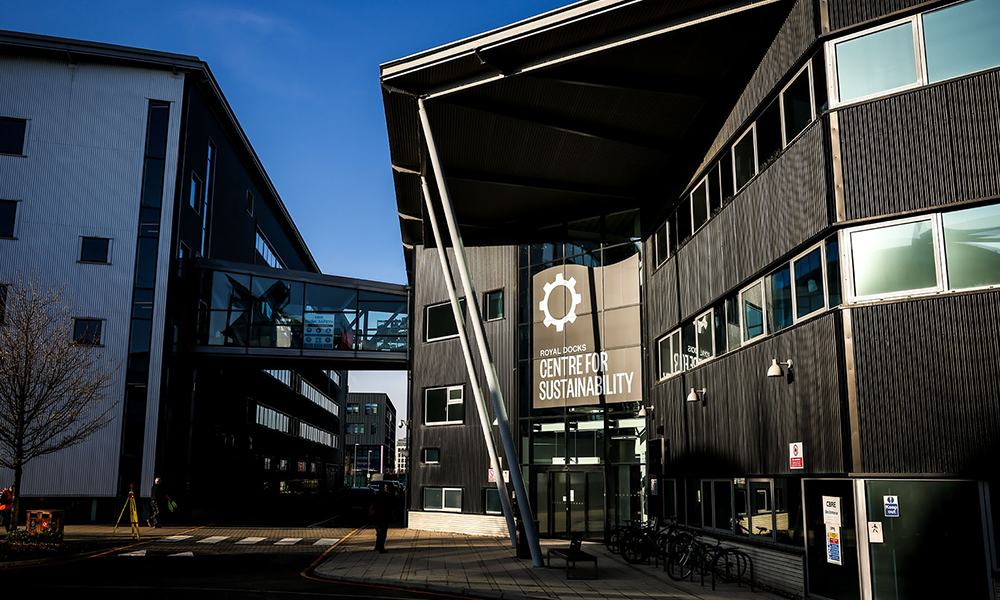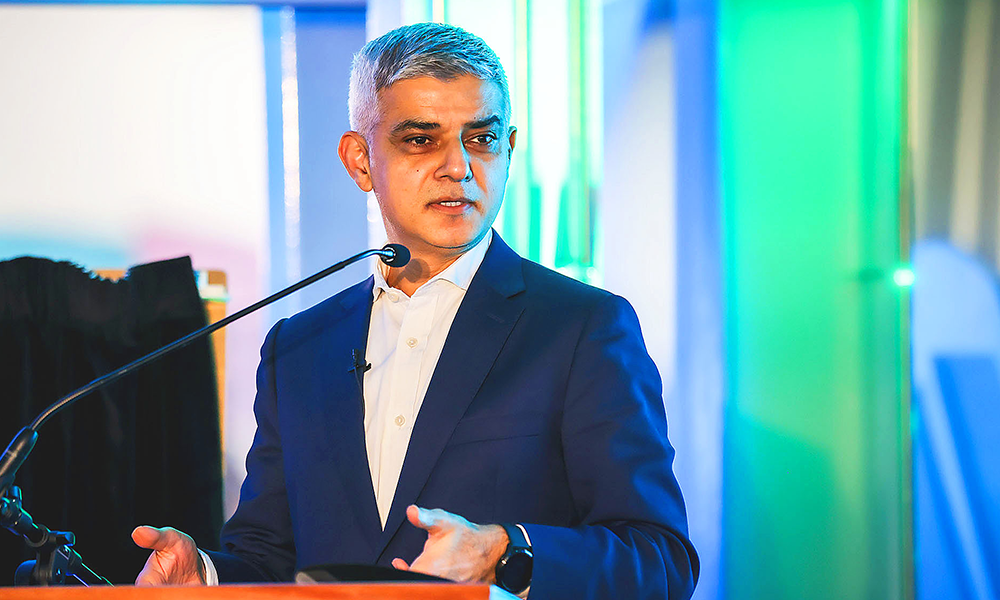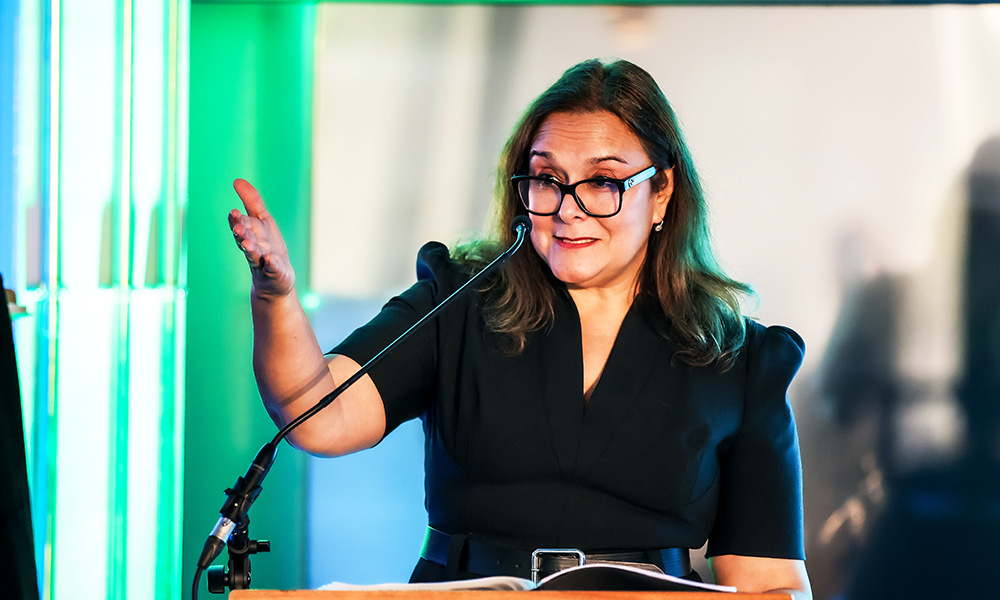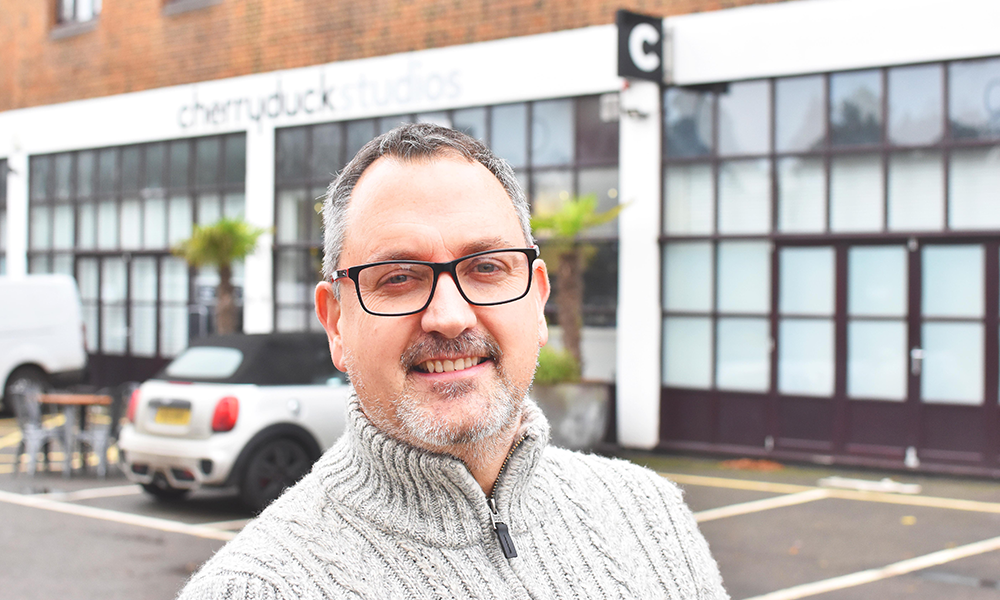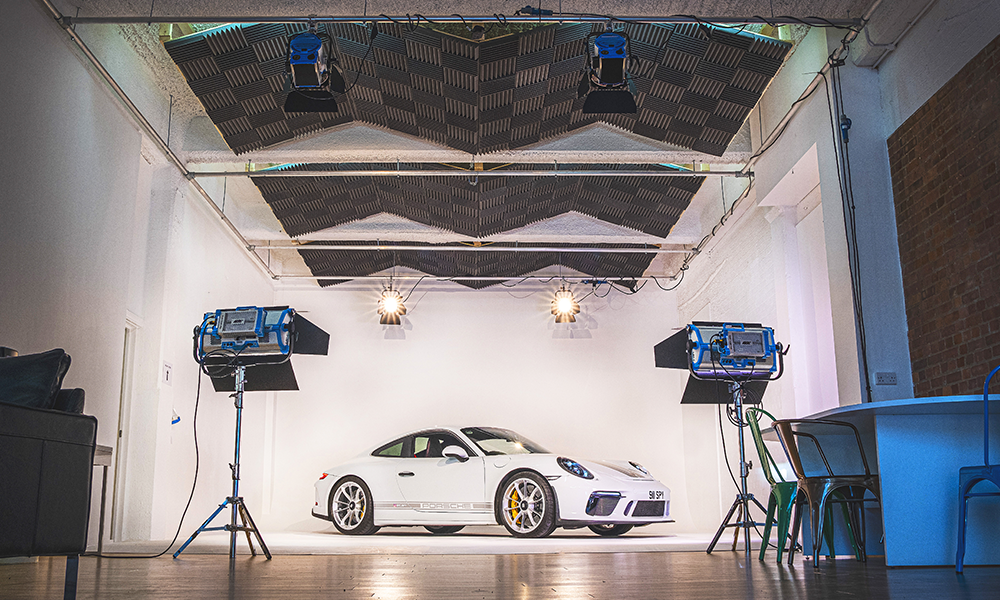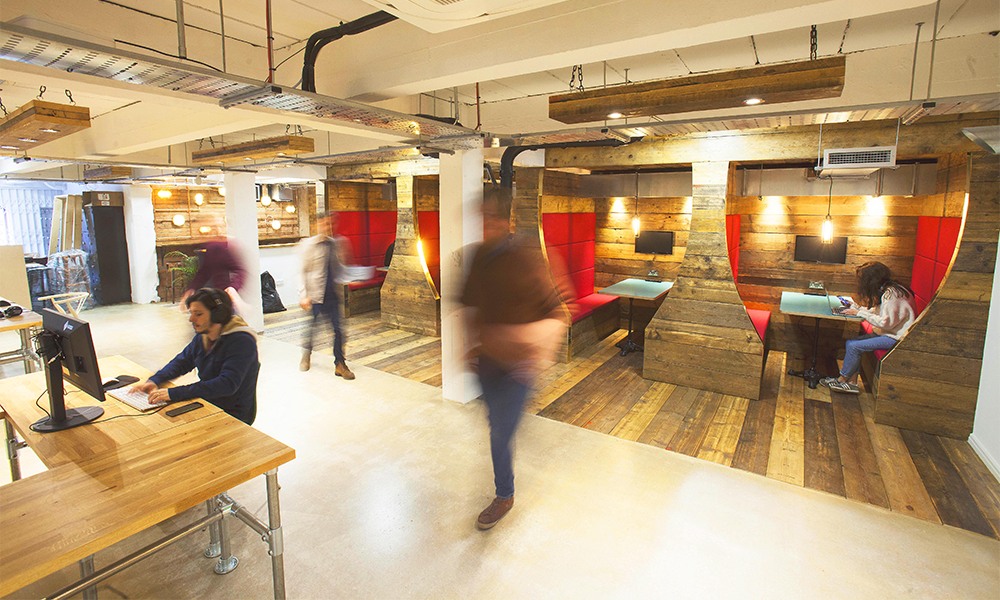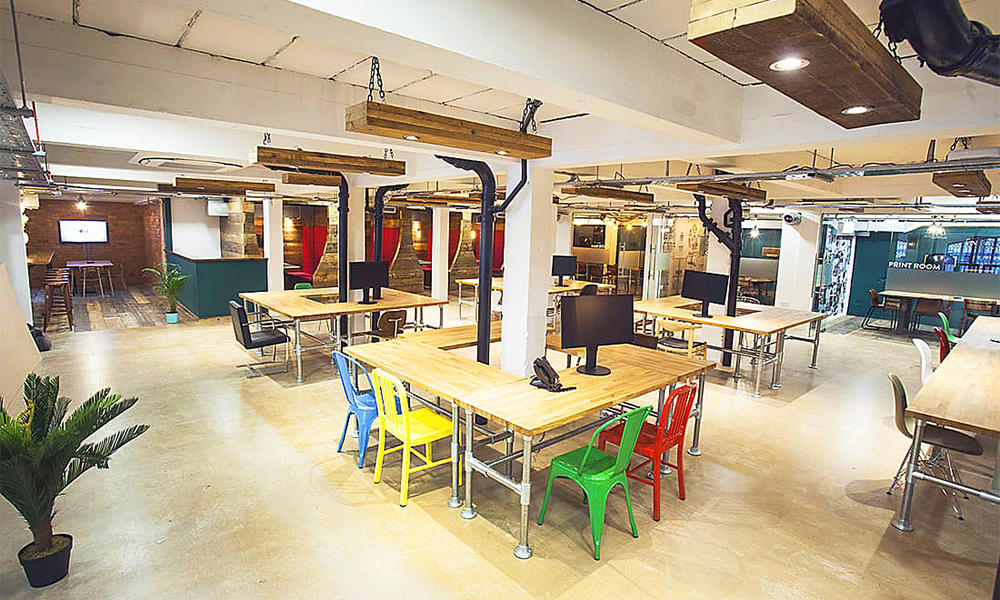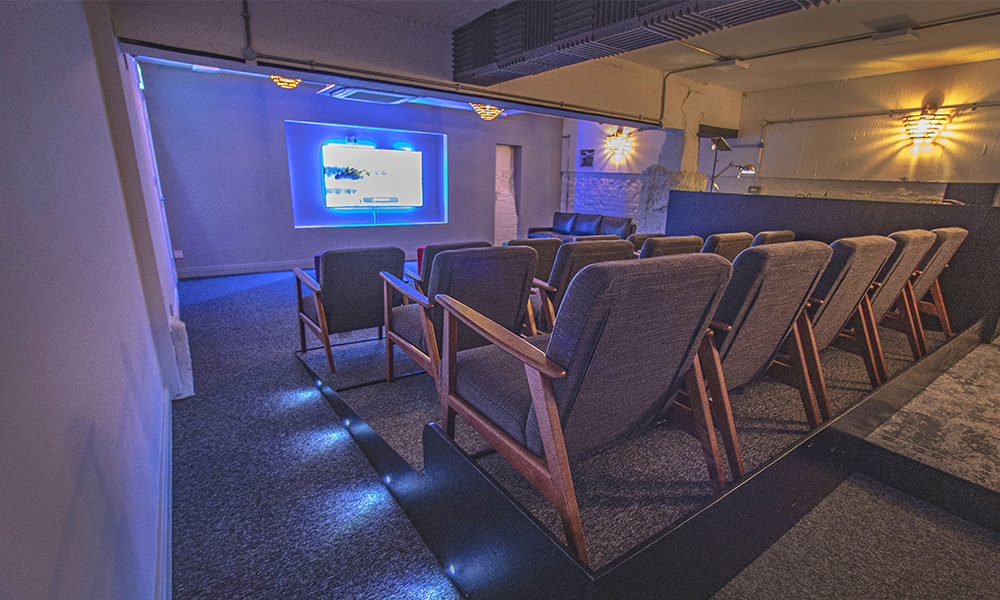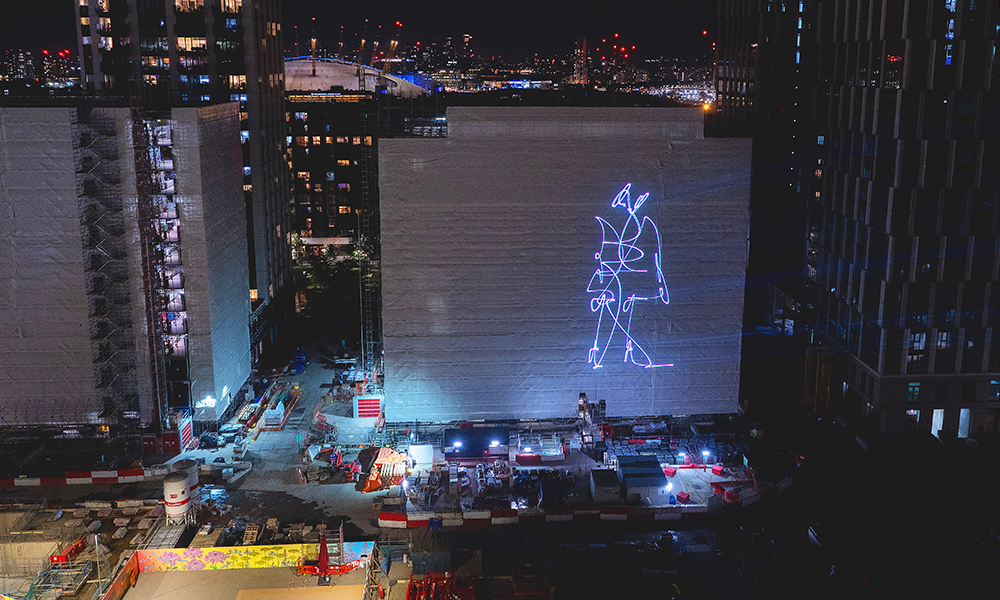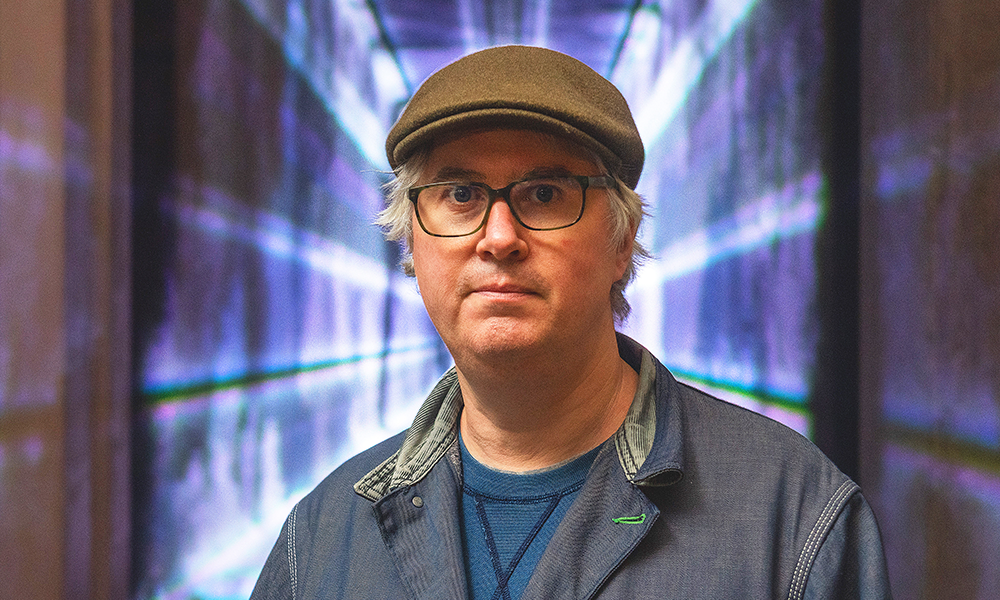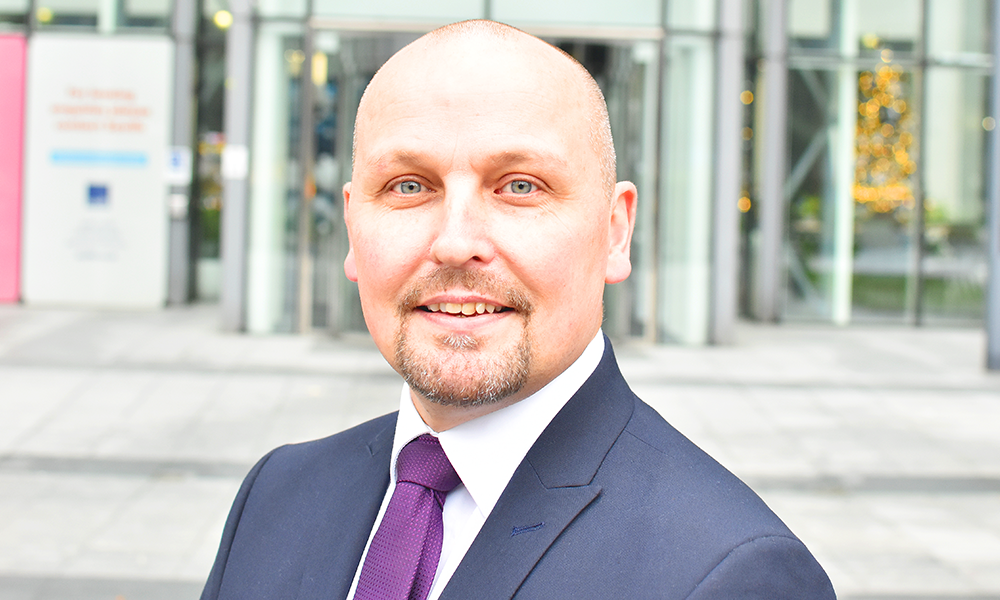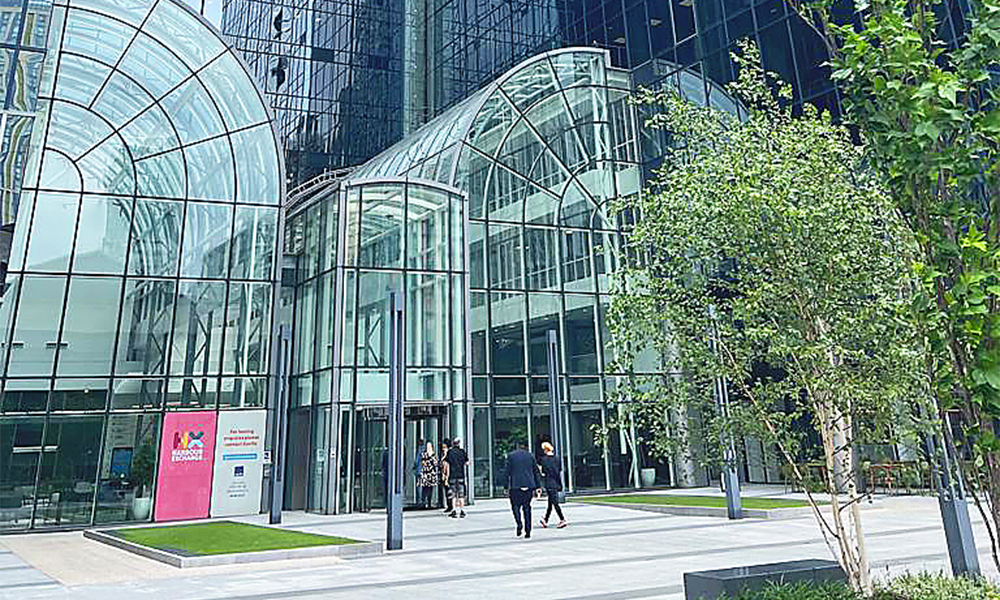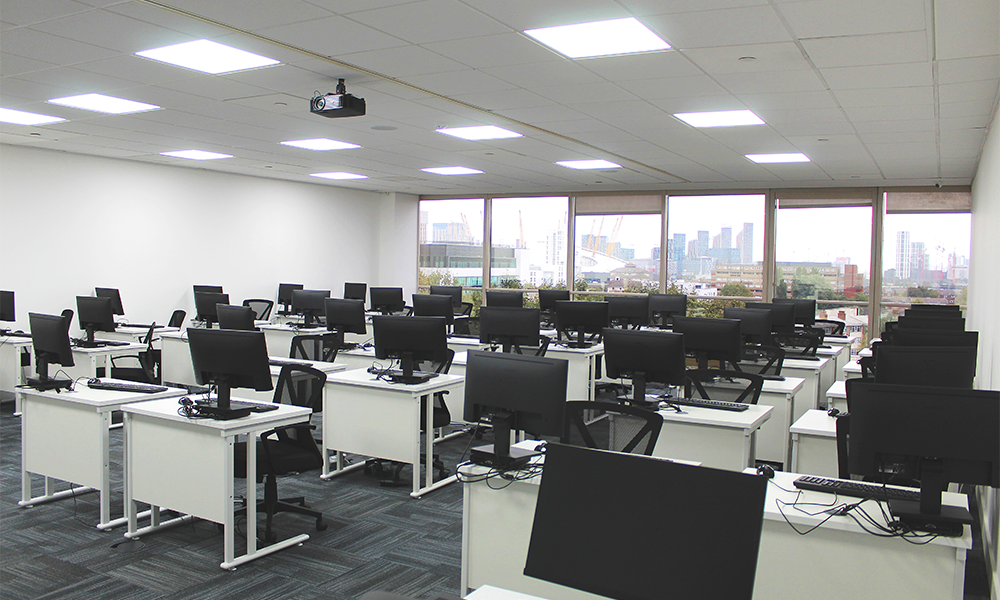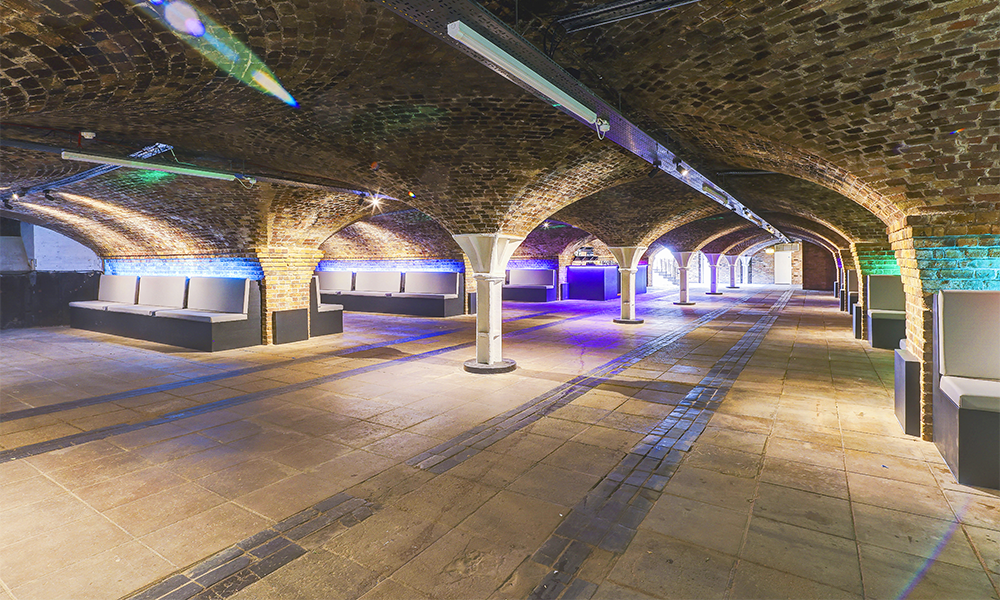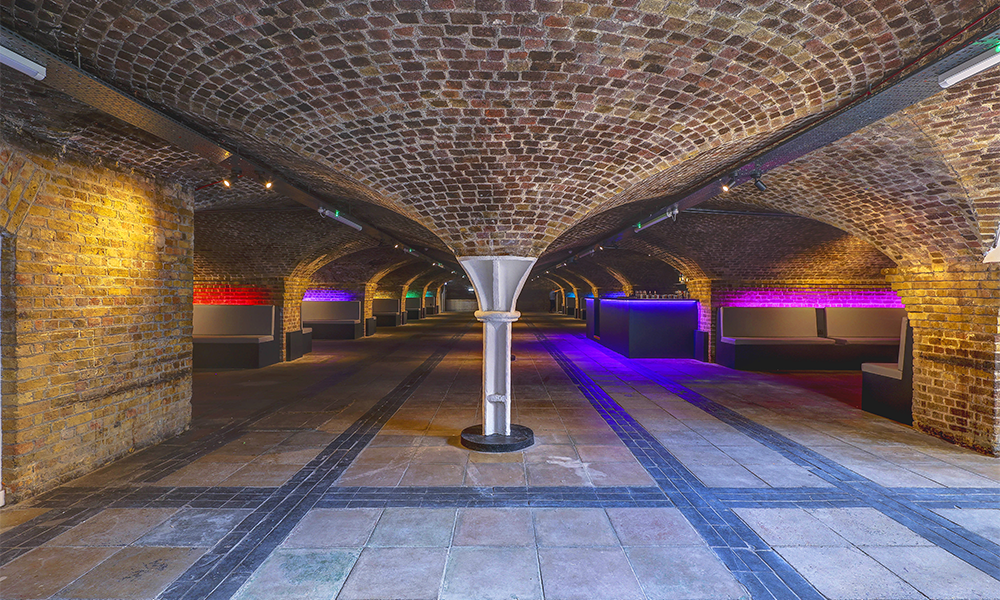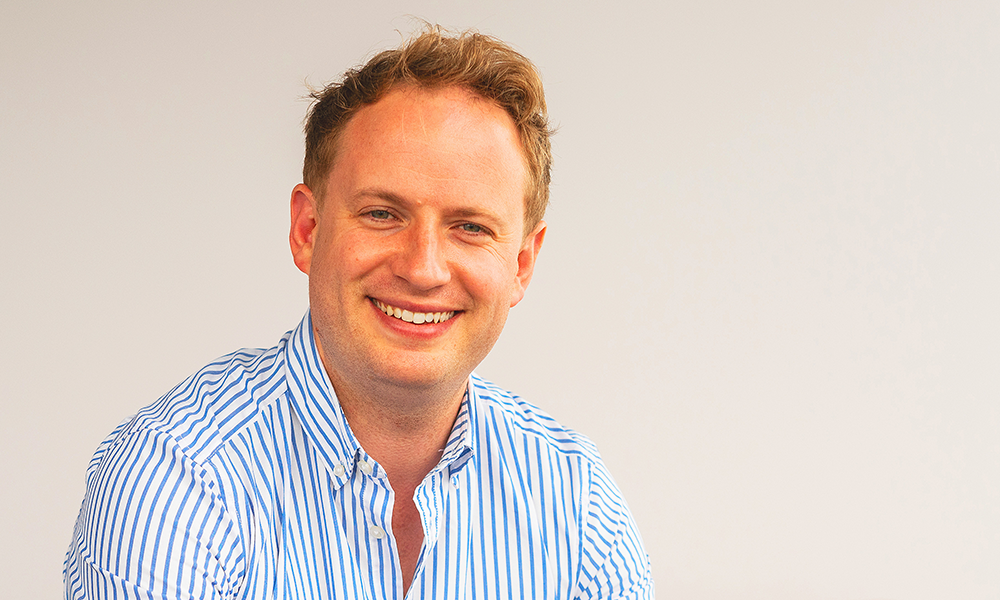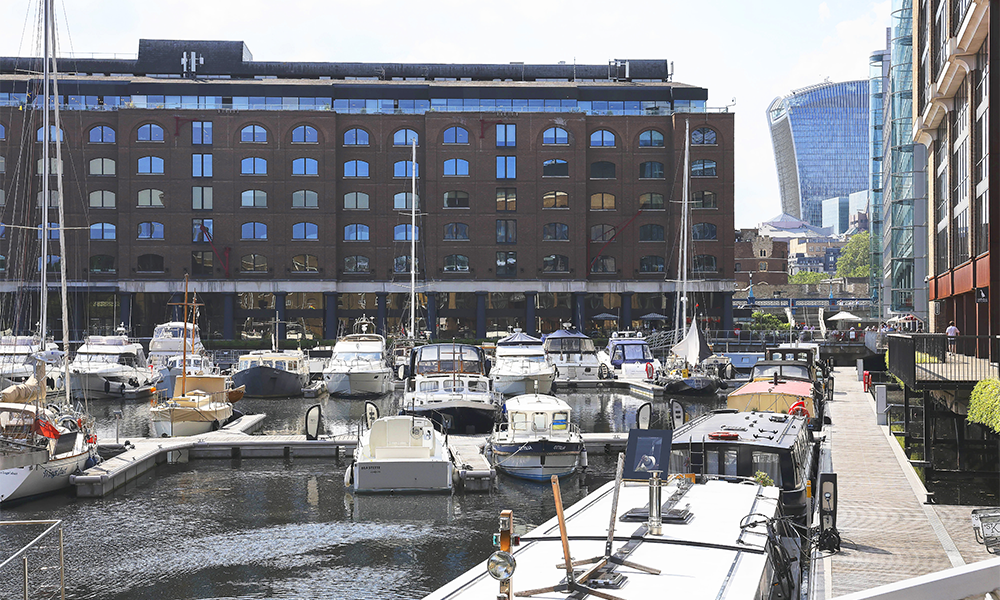Vessels in the Canal And River Trust’s arts and heritage berth will bring new life to the water
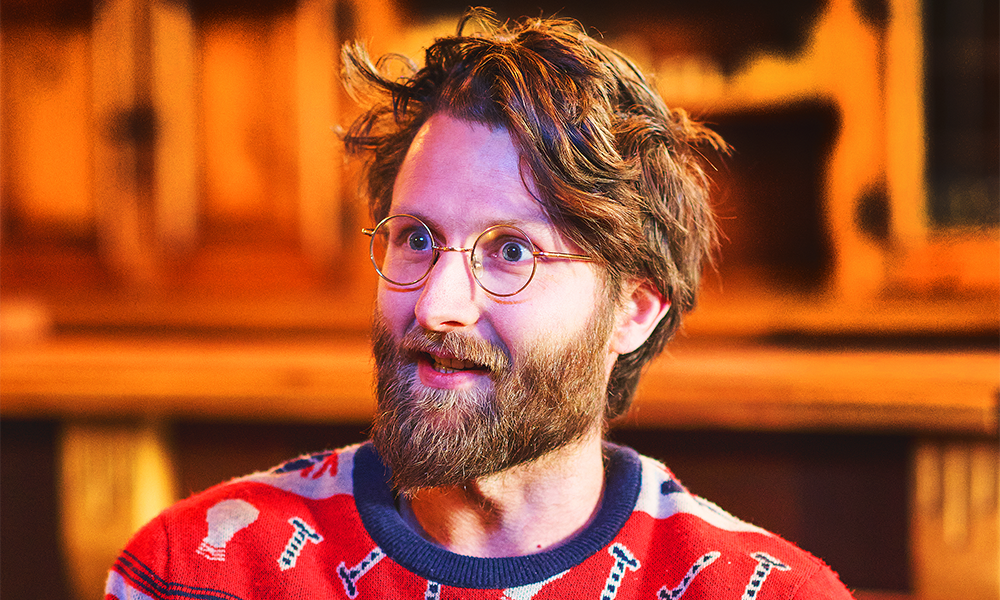
Subscribe to our free Wharf Whispers newsletter here
Boats are Inigo Lapwood’s thing.
He’s been living on them and repairing them since moving onto a sinking barge in Oxford when in need of a place to live.
That’s fortunate because, as project director of Theatreship, moored in the Millwall Cutting between West India South Dock and Millwall Inner Dock, there’s plenty to do.
“I’ve drifted further and further down the Thames and as the river has got bigger, so have the boats, said Inigo.
“Generally, my living space in them has got smaller, but the idea has very much remained the same.
“I first came to Canary Wharf about five years ago. That was for a boat that had sunk – a steam tug named Addie in Blackwall Basin.
“By the time I got there, the Fire Brigade had done the hard work of raising her.
“So I took that on as a repair project and found this part of London really fascinating. It seemed like a real opportunity.
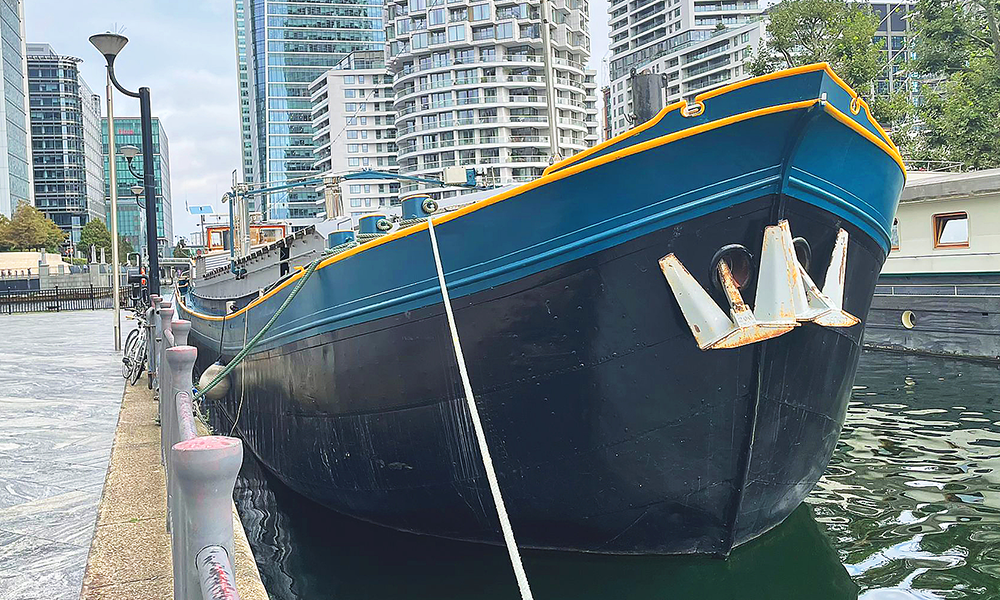
“You have these huge bodies of water that are deeply connected to east London and the communities that lived and live in the area.
“There’s the white working class community, of course, but also the British merchant navy was about 25% Bengali, and that’s reflected in Tower Hamlets today.
“I really believe in what the waterways do.
“They are one of the few truly democratic spaces left – you get all kinds of people living on the water on all kinds of boats.
“There are people who are one step up from homelessness and others on super yachts. But everyone is connected to the water – the river is the reason London exits.”
Inigo is at the heart of a team of volunteer creatives that is hoping to establish a new arts centre based on two historic craft in the dock.
Theatreship is already in place and set to host its first events from January 24 to February 2, 2024.
The former bulk dry cargo carrier is set to be joined by Artship – a diesel coaster currently in north Germany.
“We’ve been working very closely with the Canal And River Trust trying to increase the utilisation of the water here and to do so in a way that’s connected to the history of the place,” said Inigo.
“Theatreship and Artship occupy the arts and heritage berth – the idea is really to reopen the dock as a public space.
“Theatreship is now in place – it’s exactly the kind of boat that used to be here when the docks were working.
“She was a bulk dry cargo ship transporting things like grain and coal.
“We sailed her across from the Netherlands and in the harbour she feels like a very big vessel.
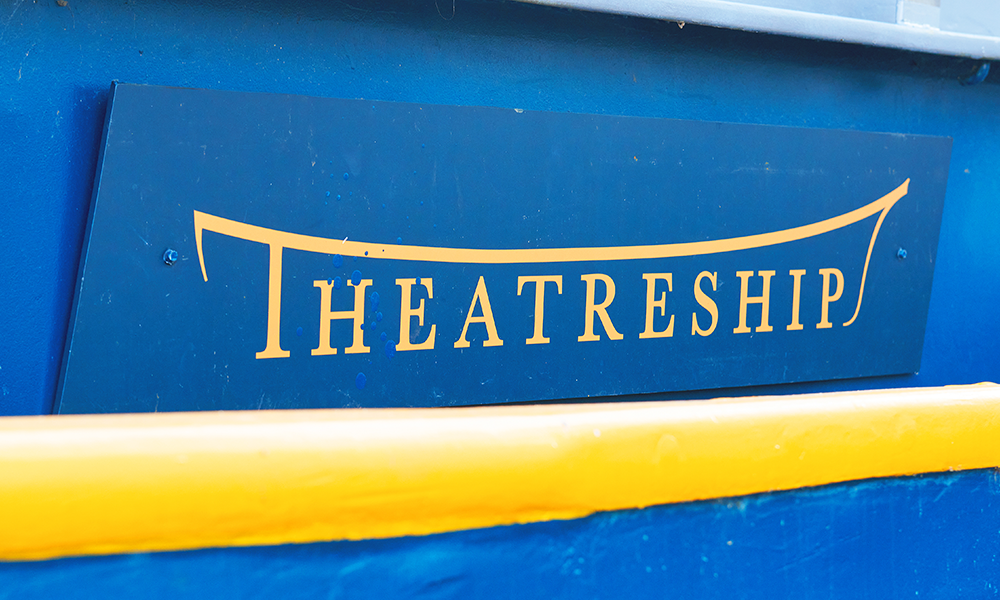
“As soon as you’re out onto the North Sea, she feels like a very small boat. We were really surprised how much she moved – how rocky she was on that crossing.
“When loaded there would have been 300 tonnes of cargo in here and, without that, she bobbed around all over the place.”
Fully converted, Theatreship boasts a 110-seat auditorium suitable for theatre performances or film screenings and a cafe-bar area, all housed amid the steel fins of her cargo hold.
“This is where we will host our more conventional performances – stuff that works with rows of people on seats,” said Inigo.
“When it comes to programming, our plan is to really heavily lean into being a mixed arts space.
“For example, our forthcoming film screenings are all combined with live performances.
“We want to avoid silos – especially because different artforms are richly in dialogue with each other – cinema and ballet, for instance.
“We’re screening The Red Shoes, which features one of the most extended and virtuosic ballet scenes on film, with live dance as a response to the film from West End performer Pàje Campbell.
“For us, its an opportunity to introduce audiences to one or the other through our events.”
The venue’s first series – Cinema Unbound: The Creative Worlds Of Powell + Pressburger – features six screenings of movies made by the filmmakers.
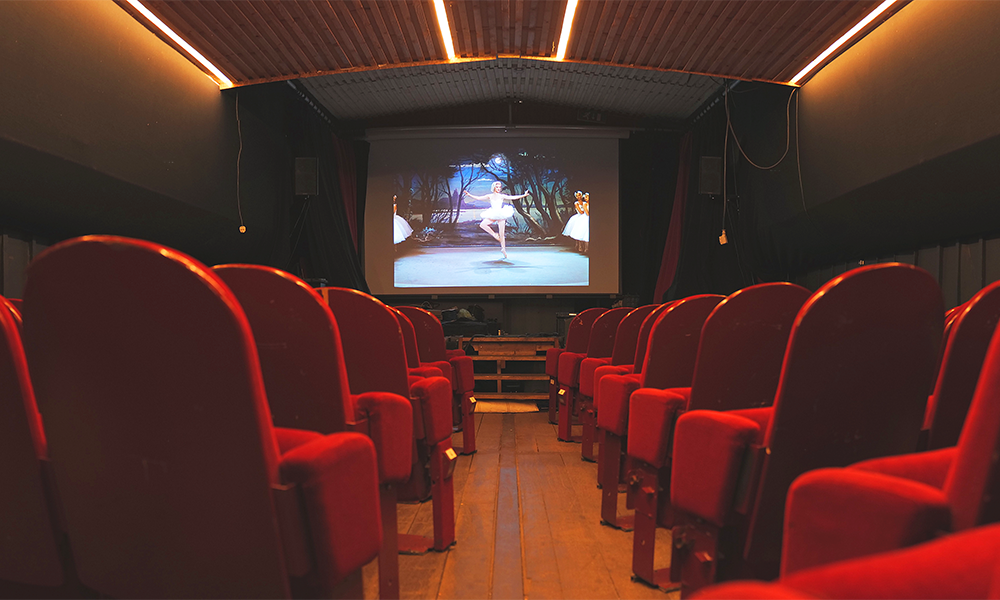
Hosted with the support of the BFI as part of a national celebration of the duo’s works, Theatreship’s events include the likes of opera, dance and music presented alongside the screenings.
“At present we’re focusing on these screenings,” said Inigo.
“And we will be hosting many events in the future. We’re really lucky.
“We’ve been overwhelmed with the support that people have shown for this project.
“We’ve been met with generosity at every level.
“That’s everything from people coming along and grabbing a paintbrush to the support of organisations like the Canal And River Trust and BFI.
“All the projection equipment we’re using, for example, has been lent to us by one of the world’s top projectionists.
“While Theatreship is run by a volunteer team, it’s still very much a professional organisation.
“Our head of film programming, for instance, is Natalie Hill who has 25 years experience as a TV executive, has won multiple BAFTAs and has produced The Apprentice, 24Hrs in A&E and Stacey Dooley Investigates.
“Our head of music programming is Karl Lutchmayer – a multi-award winning Steinway artist and former professor at Trinity Laban in Greenwich.
“He will be performing as part of our first season at our screening of Black Narcissus on January 26, 2024.
“One of the most amazing things about the project is how supportive people have been with their professional time.”
As for the heritage aspect of the project, when in place, Theatreship and Artship will be a visual and functional link to the history of the docks’ former life as part of what was once the busiest port in the world.
“Theatreship is from 1913 and Artship is from 1938,” said Inigo, who works as a data scientist and AI developer when he’s not crawling around on boats.
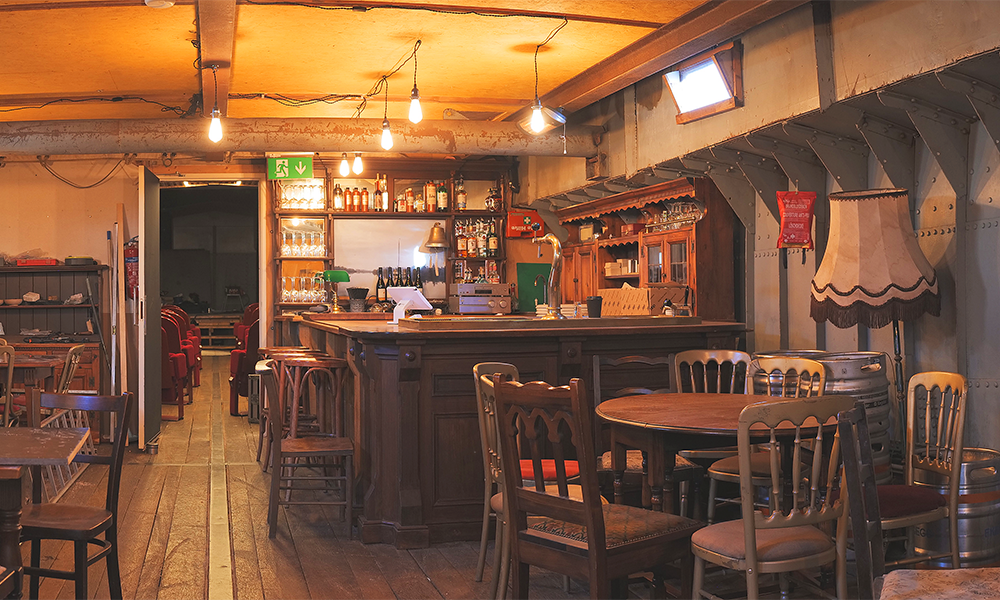
“Artship is currently in north Germany, about an hour and half outside Hamburg.
“We’re basically just waiting for the weather. I spent most of last year rebuilding her engine.
“It’s largely in its original condition and you are not only unable to buy parts for it, you can’t buy the tools to take it apart to know what you need to get.
“So we had to make the tools to disassemble it, then make the parts necessary to get it working.
“But she’s now ready to come over.
“There’s a lot about sustainability in what we’re doing – it’s one of the cores that runs through the whole project.
“We’re reclaiming and reusing these ships rather than seeing them go to scrap, which is what’s happened to many of their colleagues.
“There were literally thousands of ships like Artship and they would have filled these docks. Now she’s one of the last ones left.
“It’s really nice to bring these boats back into use and to make them relevant to the docks today rather than building something new, with the associated environmental cost of that.
“When they are both here, it will be a collection of historic ships on the dock. We’ll have theatre and cinema on this one, installations and exhibitions on the other one but they will also both be pieces of living history.
“They will be used to present things that are contemporary and current in the arts.
“Our plan is to open through the day as a cafe and bar for as many hours as possible.
“We really want to be the nucleus around which other things can be built and we’ve seen this happen already with the covered market that’s arrived nearby on South Quay.
“Ultimately, we’d like it to be the best place to be in London, maybe even the UK.
“We genuinely believe in this project and are really excited about developing an arts programme to give opportunities to young artists here.
“Very much the long term goal is to make it something that is financially self sustaining. We’d love to become one of the Arts Council’s national portfolio organisations.
“We’d also like to develop a long term sustainable structure so that we can have paid staff members who can commit to being here all the time.
“Our strategy has been to demonstrate that we’re able to deliver the project.
“We’ve been lucky with the funding we’ve had already, especially in the current climate, and I think that’s a reflection of how exciting this project is.”
- Wharf Life readers can get tickets to any of the forthcoming screenings for £9 plus a booking fee with code WHARFLIFE9 (normally £15).
Find more information about Theatreship and Artship via these links
Read more: How the SS Robin has returned home to begin a new life
Read Wharf Life’s e-edition here
Subscribe to our free Wharf Whispers newsletter here
- Jon Massey is co-founder and editorial director of Wharf Life and writes about a wide range of subjects in Canary Wharf, Docklands and east London - contact via jon.massey@wharf-life.com




